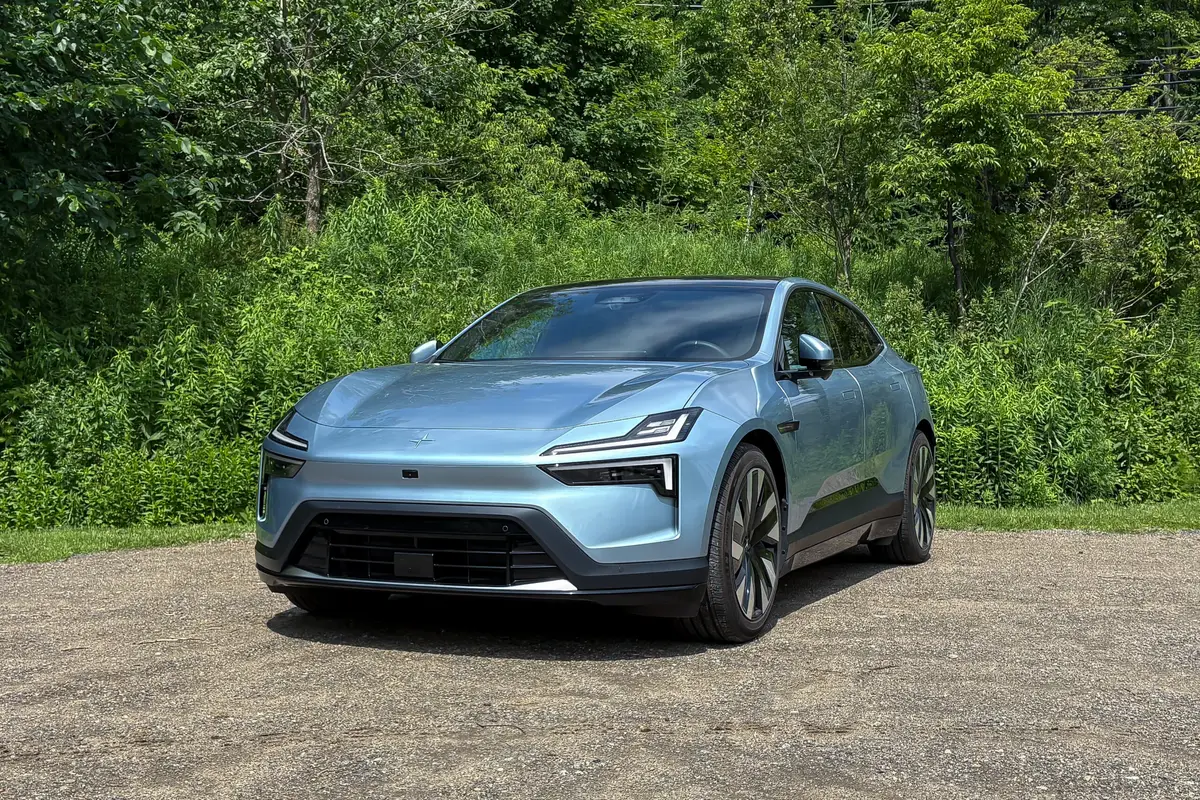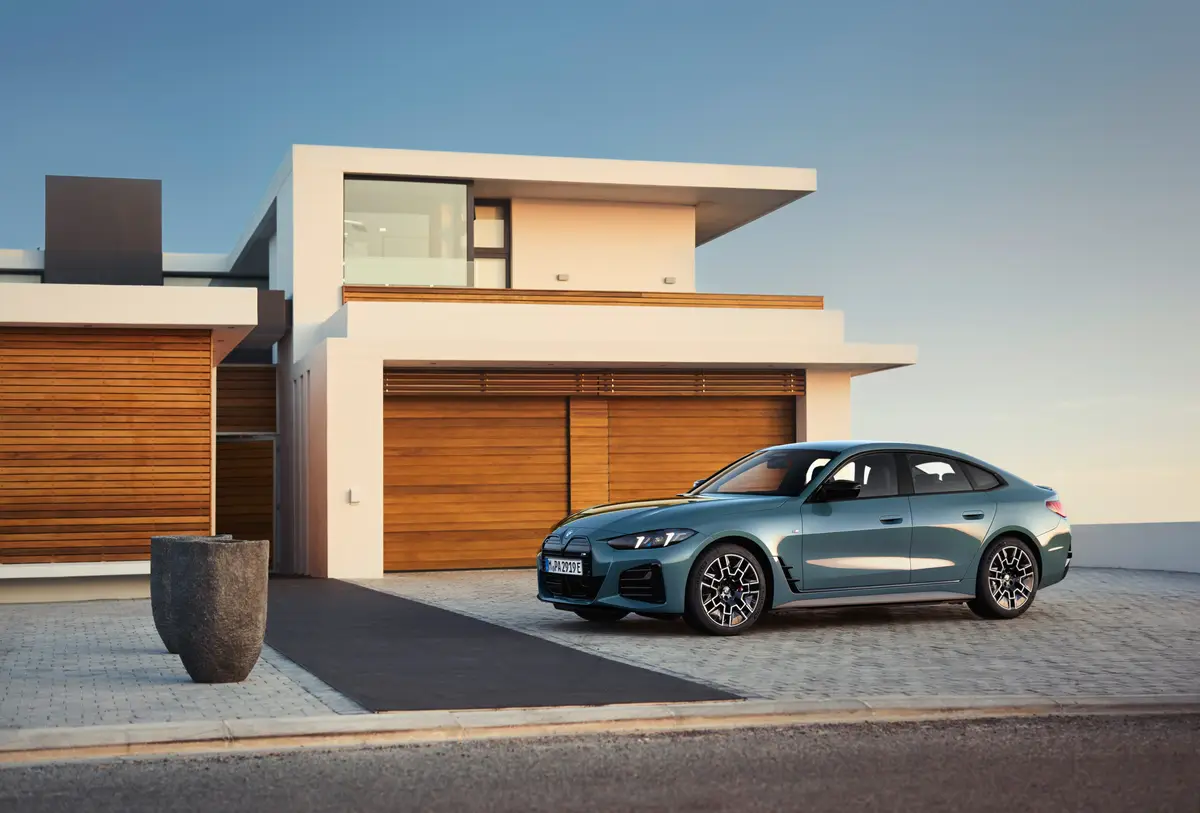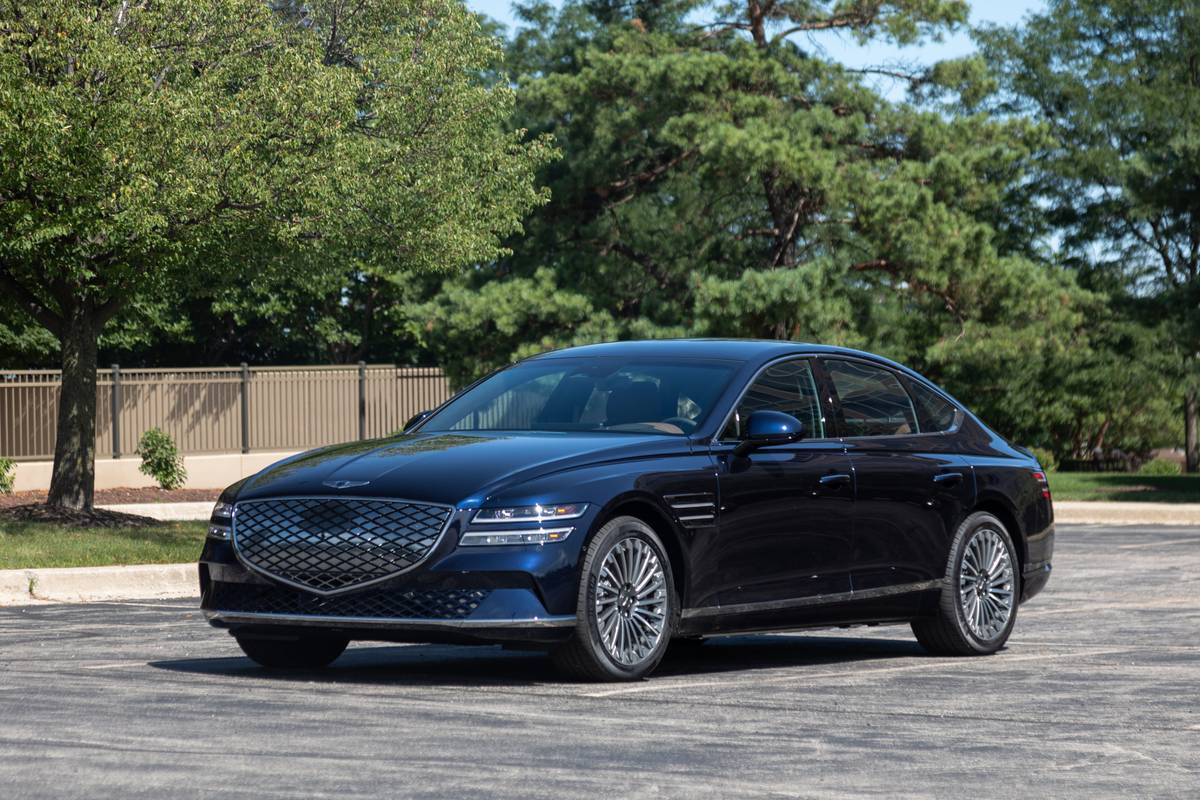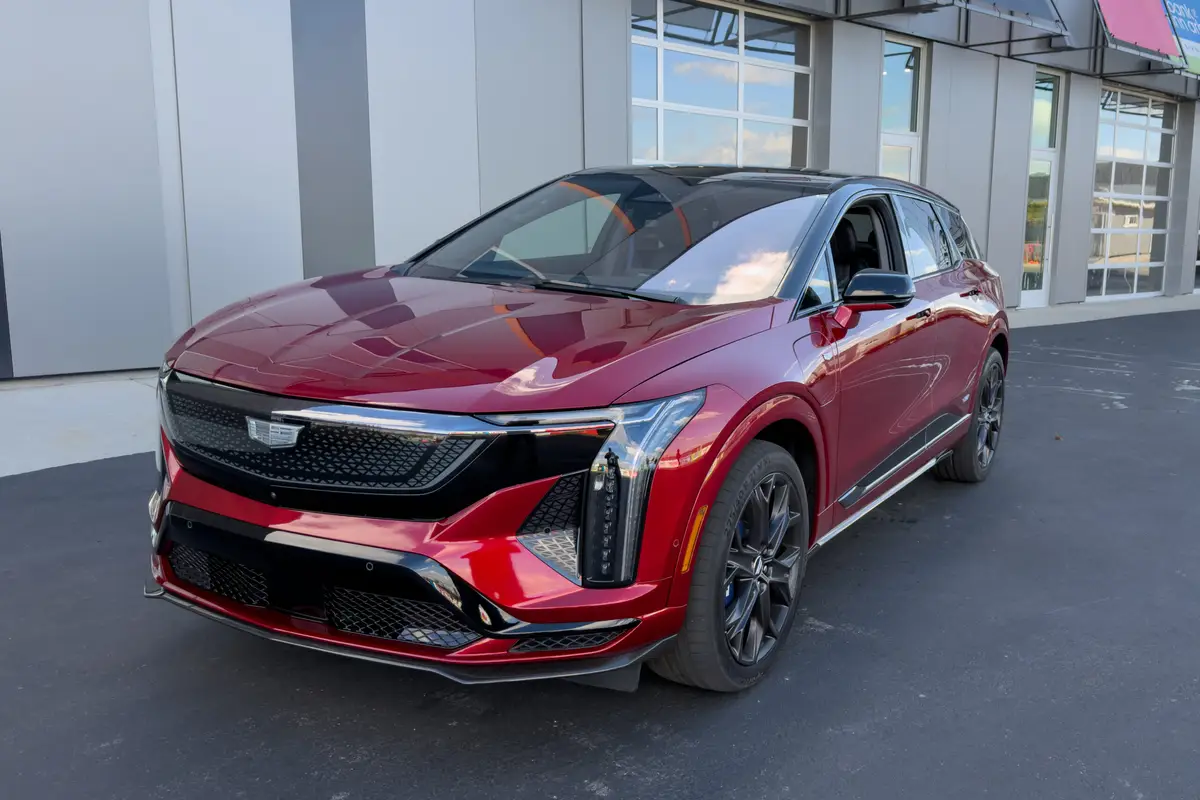2025 Polestar 4 Review: Not Looking Backwards


Key Points in This Review
- The all-new 2025 Polestar 4 SUV coupe is defined by its lack of a rear window.
- This characteristic adversely affects the driving experience of this otherwise comfortable, premium electric vehicle.
- The Polestar 4’s cabin is comfortable for adults, but some controls, like the ones for the air vents, are unfortunately in the center touchscreen.
With the launch of the Polestar 3 and now the 4, the electric-vehicle brand is finally giving American shoppers what they want: SUVs. And there are more on the way, too, with the Polestar 7 compact SUV set to launch in 2028. (Note that Polestar’s model numbers are chronological from the vehicle’s release, an approach that seems bound to confuse car shoppers.)
Related: 2025 Polestar 3 Review: Understated Electrified Luxury
But Polestar’s decision not to include a rear window in the 4 SUV coupe has consequences that may be more significant for some drivers than others. In place of a rear window, the 4 has a rearview camera mirror that shows a live video feed of what’s behind the car (there’s also a conventional mirror view if you want to get a look at your backseat passengers). The camera system’s image resolution is good, it gives a good view in dark conditions like tunnels, and it wasn’t negatively affected by light rain. However, after a day of splitting time between driving and riding in the front passenger seat, I walked away from the 4 feeling a dull soreness behind my eyes.






Tough on the Eyes
- Takeaway: The rearview camera mirror in the Polestar 4 has a much closer focal distance than a conventional rearview mirror, and this can lead to eye strain.
Unlike a regular rearview mirror where you look at a reflection of objects that are behind you, with a rearview camera mirror, you look at a screen that’s fairly close to your eyes. And in the 4, the rake of the windshield and the position of the camera mirror puts the display very close to your face — roughly a foot or so away. So when you shift your gaze from looking out the windshield to the camera mirror, the focal distance shifts significantly; at the end of the day, I could feel the strain in my eyes. In other cars, you can switch to the conventional mirror if the camera mirror is bugging you, but not so in the rear-windowless 4. Maybe I’m just getting old and this won’t be an issue for younger drivers, but it’s something to pay attention to during a test drive to see whether or not it affects you.
Familiar EV Driving Experience
- Takeaway: Quick, quiet and refined, the Polestar 4’s driving experience is similar to other electric luxury SUVs.
My test vehicle was a long-range dual-motor version, and while it had a calm, refined demeanor when accelerating and stopping, the overall experience is also not that different from other luxury EVs. Driving-related differences between cars had already narrowed significantly before the recent widespread introduction of battery-electric vehicles, and EVs have only accelerated this trend, as there are fewer ways for electric powertrains to “feel” different from each other.














An aspect of the Polestar 4 driving experience that is notable is its overall quietness. In some EVs, you hear high-pitched motor whine, but the motors in the 4 are completely silent — even under hard acceleration. The overriding sounds in the cabin are tire noise (especially when driving on bumpy surfaces) and some wind noise at highway speeds. Neither is excessive, with quiet isolation being the dominant sensation.
Coupled with this quietness is familiar EV quickness. The dual-motor all-wheel-drive drivetrain makes 544 horsepower and 506 pounds-feet of torque, and even though the 4 weighs more than 5,000 pounds, you don’t feel the vehicle’s heaviness like you do in some EVs. There’s enough grunt to push you back in your seat thanks to the instant torque of the electric motors, and acceleration is effortless, with a 0-60 mph time of just 3.7 seconds, according to Polestar. Bear in mind, however, that the single-motor rear-wheel-drive Polestar 4 is significantly less powerful (272 hp) and significantly slower, with a 0-60 time of 6.9 seconds.
All Polestar 4s have a traditional coil-spring suspension, and the dual-motor version adds adaptive shocks that offer varying levels of firmness. In the suspension’s Standard mode, the ride is comfortably firm without any brittleness — even with 21-inch wheels wrapped in low-profile tires. There are also Nimble and Firm suspension settings, with Nimble offering a nice mix of comfort and sportiness while Firm stiffens the suspension even more — too much for me to stay in very long on the sometimes-rough roads near Montreal, where Polestar made the 4 available to drive. (Cars.com pays for its own travel and lodging expenses when attending such manufacturer-sponsored events.) Steering effort is also adjustable, and there are also Low and Standard modes for one-pedal driving. However, even in the strongest one-pedal setting (Standard), the regenerative-braking system only brings the 4 down to a slow creep versus a complete stop.
High-Grade Cabin Materials, Muted Colors
- Takeaway: Interesting materials like available knitted fabric for the seats lend visual interest despite a color palette dominated by white, gray and black.
With mostly gray and black interior colors paired with interesting available materials like knitted fabric on the seats, the interior of the 4 blends visual austerity with premium materials. If you’re drawn to gray concrete kitchen countertops, you’ll probably like the 4’s interior style.




















And while the color palette gives the cabin a sleek coldness, the materials themselves feel high-grade and appropriately luxurious. The textured knit front seats are comfortable and stylish, and this material choice avoids the surface-temperature extremes you can get with leather upholstery (which is also available).
Backseat space is good for adult passengers, and the rear backrest can have an available power-recline feature. And unless you turn your head to look, you don’t really notice there’s a panel behind you separating the passenger and cargo areas. The rear backrest sections also fold flat when you need a larger cargo area.
Screens and Controls
- Takeaway: Most of the Polestar 4’s systems are accessed by the center 15.4-inch touchscreen, including the steering wheel, side mirror and air vent controls.
The Polestar 4 has a 10.2-inch digital instrument panel ahead of the steering wheel, but most of the EV’s systems are accessed using the center 15.4-inch touchscreen. This includes menus to adjust the steering wheel, side mirrors and dashboard vents, making formerly simple tasks more complex. The infotainment system uses Google Built-In, so you have access to apps like Spotify and Waze from the Google Play store as part of a three-year trial, after which a subscription is required. The system also supports wireless Apple CarPlay phone projection.
Read More About Polestar From Cars.com:
- New Battery and Motor Enhance 2026 Polestar 3
- 2024 Polestar 2 Review: New Layout, Same Issues
- Here Are the New Electric Vehicles Planned by 2027
- Electric Cars With the Longest Range
- See the Latest Polestar News
Pricing and Positioning
- Takeaway: The Polestar 4’s pricing is comparable to other mid-size electric luxury SUVs, but we question whether it makes sense for Polestar to be known as the brand without rear windows.
The base single-motor RWD 2026 Polestar 4 starts at $57,800 (all prices include destination fee) and has 310 miles of EPA-estimated range, while the dual-motor AWD version starts at $64,300 and is rated at 280 miles of range on a charge. This puts the 4’s pricing and range in the realm of electric luxury SUVs like the Cadillac Lyriq, Audi Q6 e-Tron and recently discontinued Acura ZDX.
But here’s the thing: Like the distinctive V-8 sound of a Ford Mustang or Jeep’s seven-slot grille, the Polestar 4’s “thing” is its window-free hatch. Could this become the thing Polestar is known for? It’s possible; the brand recently showed the new 5 performance sedan, which also doesn’t have a rear window. Polestar says removing the 4’s rear window gave it more design freedom with the car and also benefits aerodynamics. That may be so, but it’s still a curious decision: Shoppers aren’t clamoring for this, and the negative effect on the driver can be significant. Ask me how I know.
Related Video:
Cars.com’s Editorial department is your source for automotive news and reviews. In line with Cars.com’s long-standing ethics policy, editors and reviewers don’t accept gifts or free trips from automakers. The Editorial department is independent of Cars.com’s advertising, sales and sponsored content departments.

Mike Hanley has more than 20 years of experience reporting on the auto industry. His primary focus is new vehicles, and he's currently a Senior Road Test Editor overseeing expert car reviews and comparison tests. He previously managed Editorial content in the Cars.com Research section.
Latest news



